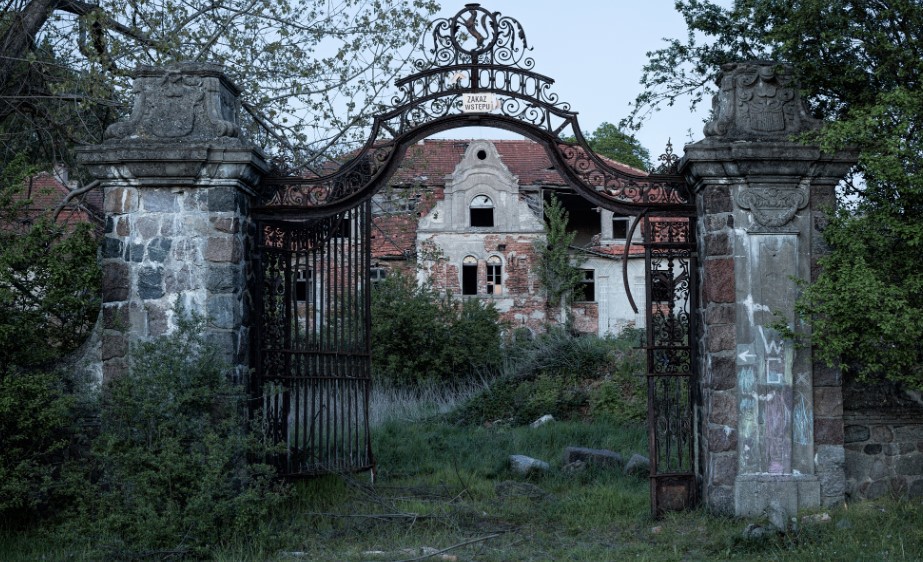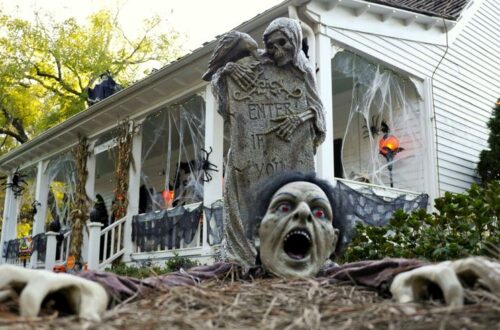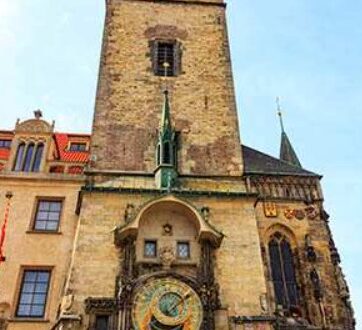The Baroque Pałac Glinka was built in the 18th century by the Zobeltitz family. The building and landscaped parkland were expanded during the nineteenth century, and despite heavy fighting in the area it survived World War II relatively intact.
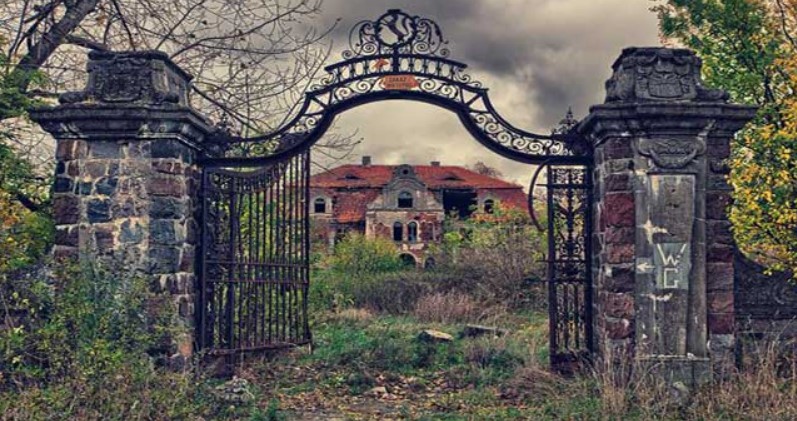
In the post-war period, as with many such palaces it became State-owned and was put to a variety of uses, including a farm, kindergarten, offices, and canteen. The palace fell into disuse after the liquidation of State farms and in 2003 was leased for ten years to a private tenant, who failed to comply with his obligations to conserve the property and allowed it to continue into rapid decline.
The State agency repossessed the palace, and is now seeking to sell the land by open tender. However, the property still stands empty and deteriorating.
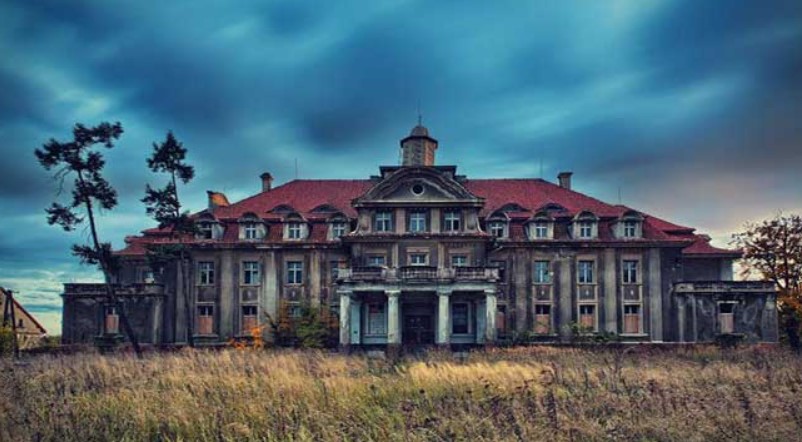
This late baroque palace was built at the second part of XVIII century and rebuilt at the beginning of XX century. It survived the World War II and after that was owned by State Agricultural Farm. The palace became abandoned at the end of XX century after the fall of state agricultural farms and since then it started getting into the worse and worse conditions.
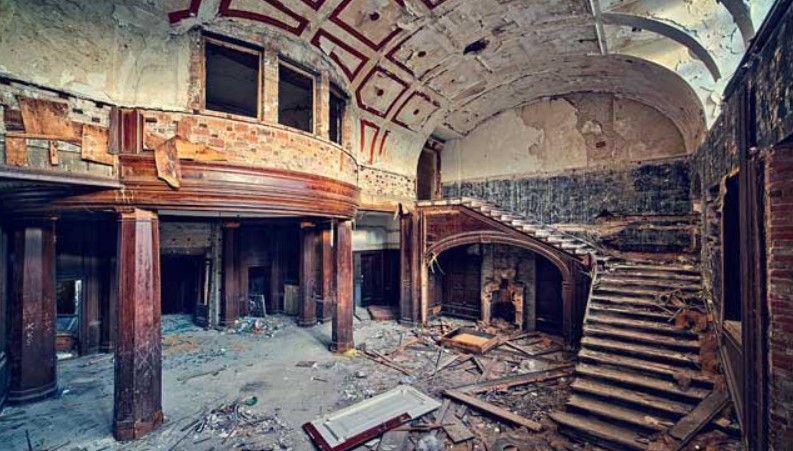
Despite the decay overtaking the palace, the most impressive element of this place, a huge widely open gate with the ironical ‘do not enter’ sign put above, still attract attention of those who by some reason come here. Stunning view behind the gate imperceptibly makes you ignore the warning and invites to explore the decaying palace.

